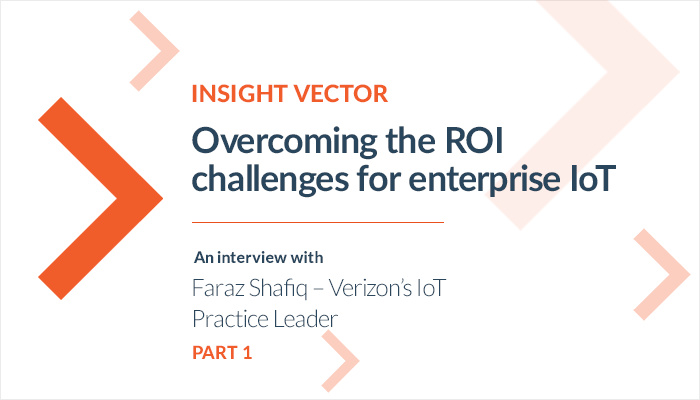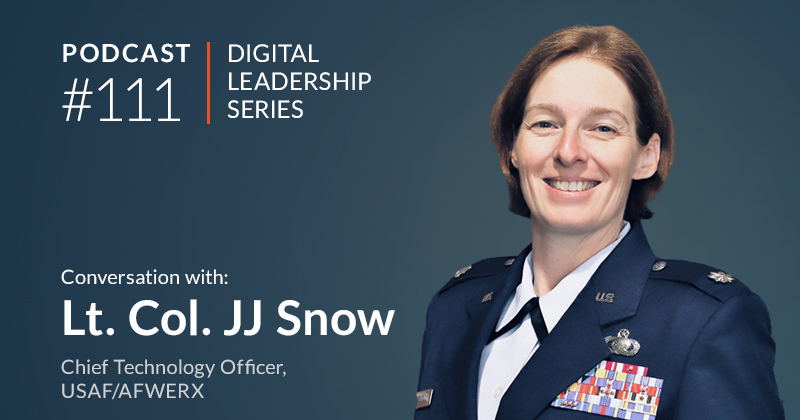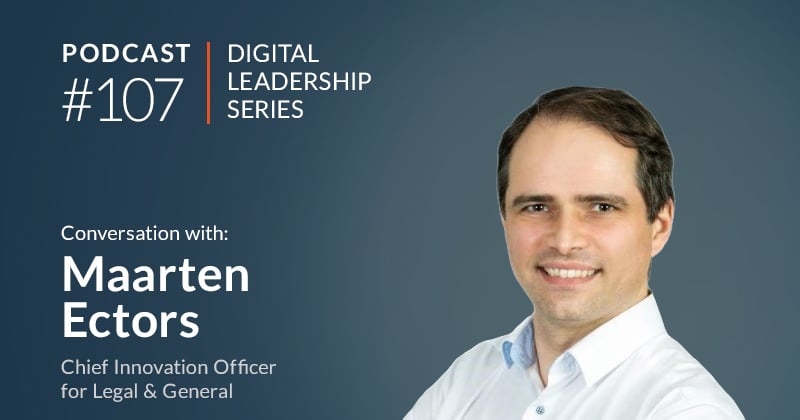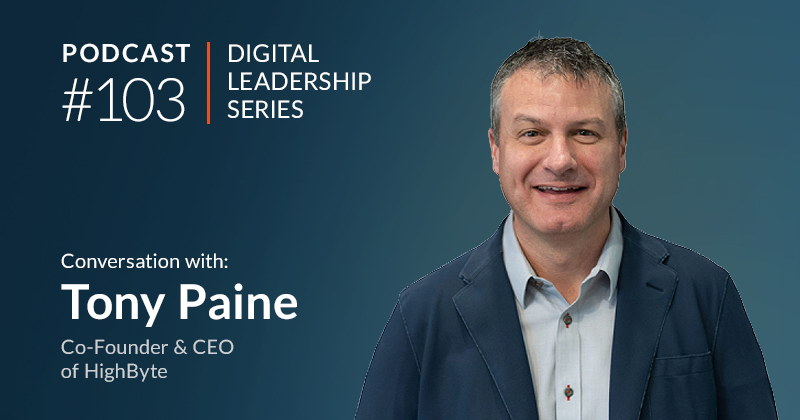Insight Vector: Overcoming the ROI Challenges for Enterprise IoT – Part 1
Ed Maguire

Innovation and market perspectives from leading IOT innovators
In this first installment of our conversation with Verizon’s IoT Practice Leader Faraz Shafiq, he discusses the key challenges around deploying IoT solutions. While the subjective benefits of IoT are well understood, the biggest inhibitor is how to quantify the exact value of return on specific investments. The second major challenge is the prominence of IT departments in IoT discussions and the lack of alignment with lines of business. Verizon is addressing these challenges by developing solutions for fast-tracking solutions and templates for calculating hard project ROI.
|
|
Faraz Shafiq |
Faraz Shafiq is the Global IoT Practice Leader responsible for Verizon’s enterprise IoT strategy, analytics and enablement. His key responsibilities include leading the long term IoT portfolio strategy, analytics, customer experience, and professional services. Previously, Mr. Shafiq was the lead for AT&T IoT product development and management. Mr. Shafiq holds an MBA from UC Berkeley and a Bachelor’s degree in Electrical Engineering. He also teaches Data Science and Strategy as well as Applied Innovation as a part time instructor at UC Berkeley’s Haas School of Business. Mr. Shafiq lives in northern California and works out of Verizon’s San Francisco innovation center.
What is the scope of your current role at Verizon?
I currently head IoT services at Verizon Enterprise Solutions. Our mandate includes supporting product strategy with go-to-market capabilities, professional services, custom IoT solutions and innovation. Our IoT practice is global. Innovation is a core focus for Verizon and we have two dedicated IoT Innovation Centers in San Francisco and Waltham that are part showcase and part forward-looking experiments. A key aspect of innovation is defining how IoT and analytics can help our customers and Verizon itself. A key part of my role is evangelism – there’s a lot of innovation happening at Verizon and it’s really important to share our cutting edge advancements.
What shapes your view of the Internet of Things?
IoT is about smart connected objects as a new source for data generation that wasn’t attainable or economically viable before. The premise is simple – if I want to answer a question, I need reliable information. But data acquisition has a cost - sensors, other data brokers, or the processing cost for PetaBytes of data just to name a few. IoT enables data acquisition at a cost that’s economical for companies. Storage and processing costs have dropped vastly over the last few years and sensors and chips are following closely. In the simple types of IoT projects you are typically not introducing new things to your infrastructure – you are adding connectivity to existing types of things (like thermostats or refrigerators) and increasing the capability of those devices.
What was the path that brought you to focus on IoT?
As an engineer I have always worked with data and its link to business challenges. Since IoT and Big Data are closely coupled, my first introduction to IoT was when I was the head of Big Data at AT&T for AdWorks. We were able to demonstrate material cost and efficiency savings by deploying intelligence in audience measurement and prediction. The IoT hype really picked up in 2014 and it seemed like a natural move for me. I was one of the early practitioners to focus on IoT.
Verizon views IoT and analytics as the future with 5G serving as a key enabler for 4K video, Augmented and Virtual Reality, IoT and so on. IoT is a great opportunity to shape the overall strategy as it aligns perfectly with our investments in network, SDN, and security. The other component is the Verizon Innovation Labs which showcases the latest and greatest in IoT. The digital media component of Verizon (called Oath) has so much potential to create a powerful set of insights when combined with location and other data and we’re constantly experimenting with it at our Innovation Centers.
What are the key challenges that companies are struggling with?
Verizon has been involved in M2M (Machine to Machine) for a long time and that’s why we have such a strong understanding of IoT. One of the big challenges an enterprise faces is determining the ROI for advanced technology projects. The benefits of IoT are self-evident but only at a subjective level. The biggest inhibitor for companies adoptiong IoT is how to quantify the exact value of return on specific investments.
The second challenge relates to IT departments being front and center on these discussions. IT has always been the power behind the scenes – but increasingly IT is becoming the core business. For example when the IT system went down for Delta airlines, the airline couldn’t operate and halted all flights until the system was restored. Most companies are setting up IoT groups within IT but IT leaders are typically not aligned with business leaders – and this requires a separate conversation. Even if the CMO is aligned, you still need to get IT to buy-in. This is a fundamental shift in how we interact with customers and that is why professional services is so important for us.
Additionally, few companies have the right skills for IoT. In many cases questions are directed to the head of IT, and unless it’s a full-time role for IoT where there is dedicated focus, results won’t be realized. This becomes a big issue especially given that are too many IoT platforms out there. Having a key partner that can offer support throughout the IoT journey is very important.
How do you deal with the challenges in quantifying ROI for IoT projects?
Internally Verizon is developing a methodology and framework to quantify ROI for IoT projects. There tends to be a wide range of assumptions, inputs and possible outputs. We have created a model that is customized for each client. You start with criteria and reference architectures. We have modular reference architectures based on the needs of the project and the business goal, our inputs generate an evaluation of where the business is on the maturity curve. Then the analysis can translate to dollars.
Faraz Shafiq brings a unique perspective on overcoming ROI challenges as the head of the IoT strategy for Verizon, a company that has invested heavily in IoT solutions. Stay tuned for Part 2 of the conversation where we discuss how IoT adoption considerations differ for smaller versus larger firms.





